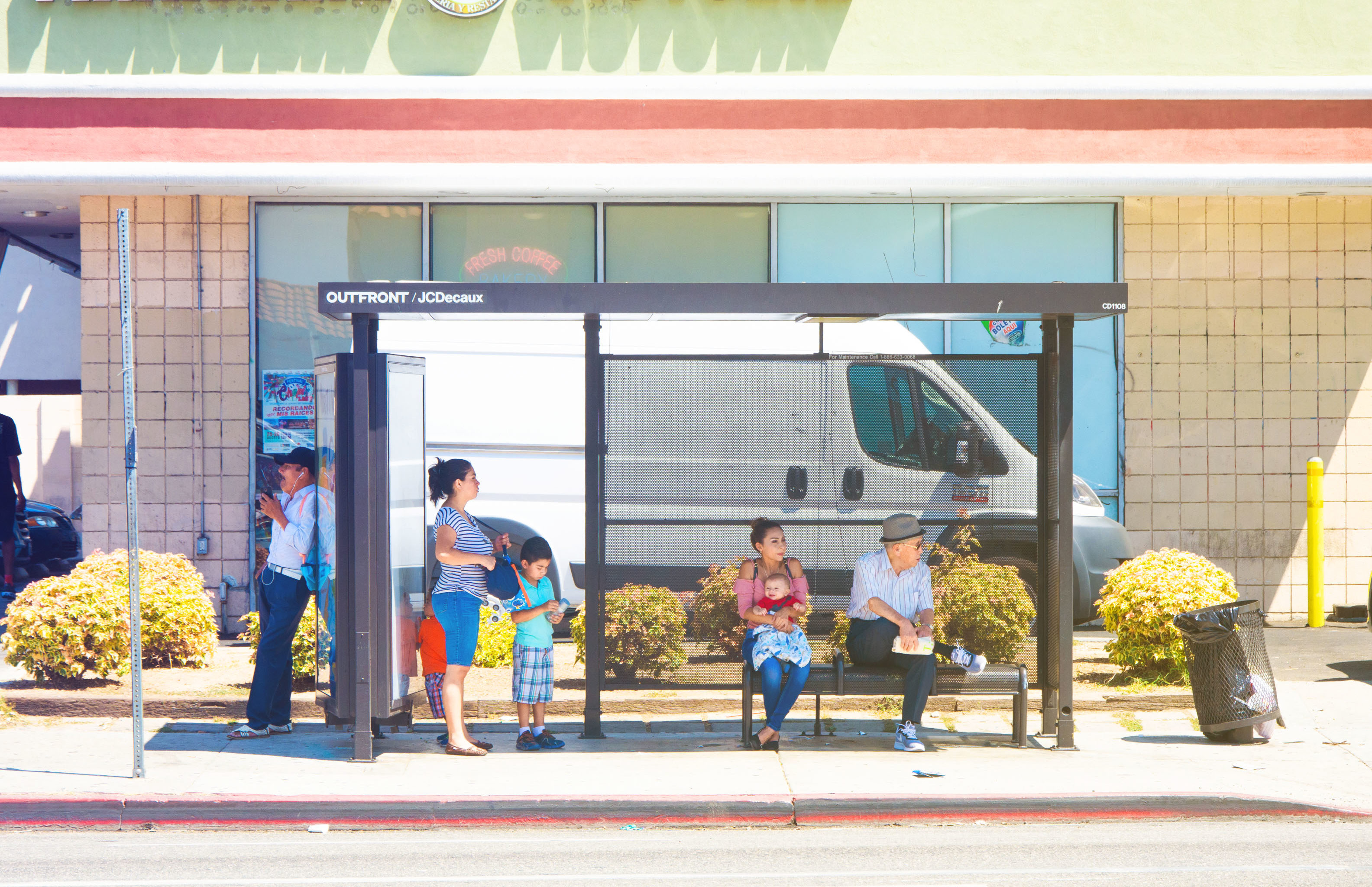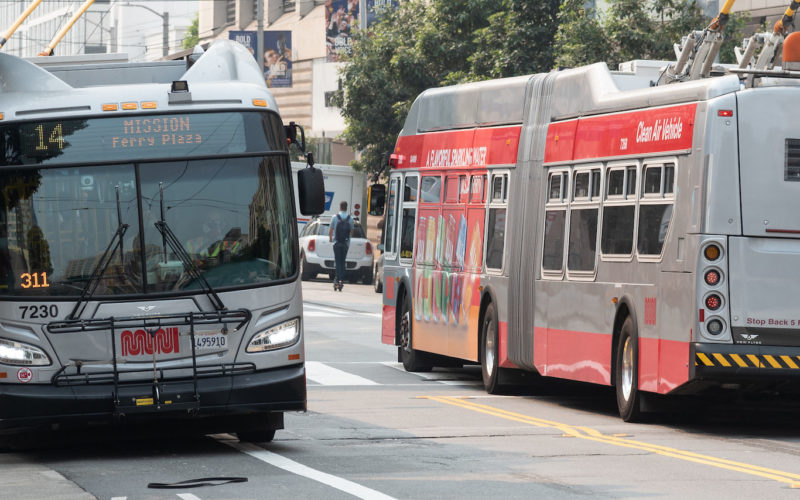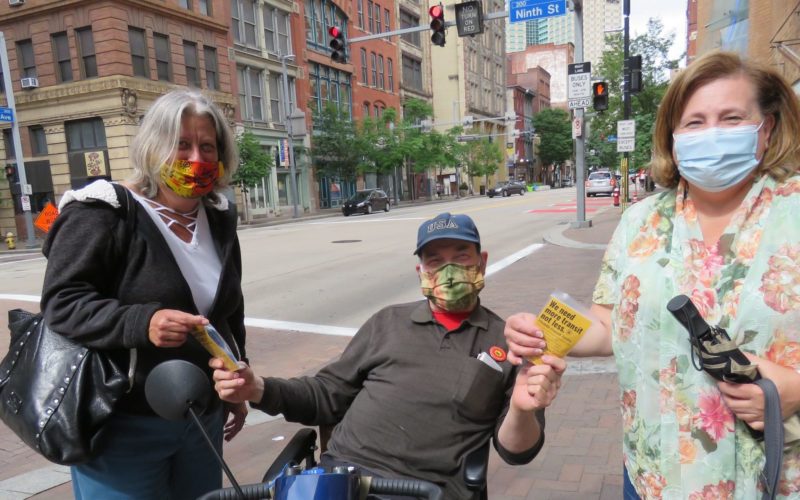
Once upon a time, dear children, there was a place called the Golden State. It was named that not only for the gold pebbles that created riches in stream beds but because of the promises that lured so many inventive and ambitious people. The writer (and tragic suicide) Richard Brautigan described living in San Francisco as akin to “being on recon” in the military: you were on a reconnaissance mission scouting out what might be over the next hill, looking for the new innovation or resource to explore and exploit. At its apex, the story goes, the Golden State was an exemplar for the rest of the nation, for better or worse: it produced the television shows and movies that everyone else watched, it helped pioneer ideas like the initiative and referendum, it built a higher education system and parks network that was the envy of other states. And, also for better or worse, it incubated transportation innovations which ultimately shaped the rest of the nation, whether it was the consortium in Sacramento that capitalized the first transcontinental railway, the aerospace industry in Southern California that revolutionized jet propulsion, or the incredible highway-building binge that was emulated elsewhere.
For better or worse, for sure. In recent decades, it seems like the Golden State’s own innovations turned against it: the biggest roads simply led to the worst traffic and smog, the sprawling subdivisions led to the biggest contortions in municipal finance and bankruptcies, the Reagan promise of a good comfortable life without having to pay for anything led to a decline of the schools on which prosperity is based, and the initiative petition led to the opposite of the public-oriented democracy it was supposed to exemplify, and instead produced un-governability. Nor was that 20th century Golden State a place where one would look for transit ideas. Other than San Diego’s bold investment in light rail in the 1970s – which, appropriately, was a direct line to another country rather than to the rest of California – transit in the Golden State seemed like nothing to write home about a few decades ago.
Now, in 2013, is California back in the lead? It’s the first state to truly delegate significant state transportation dollars to regional control and to require that regional transportation plans genuinely synch up with land use aspirations and greenhouse gas reduction goals. As a result, Los Angeles, San Diego, the Bay Area and Sacramento are now acknowledged as having among the best regional transportation plans in the nation. They are also investing those dollars to make plans come true. It’s the only state building inter-city high-speed rail, and many California cities are bolstering their transit systems. Those are all examples that other states should emulate. Maybe the Golden State’s golden days are still ahead.
 What’s Going on With Transit Service at the Seven Highest Ridership U.S. Cities? SF Edition
What’s Going on With Transit Service at the Seven Highest Ridership U.S. Cities? SF Edition
As of March 2022, SFMTA was operating 88% of pre-pandemic service and added back even more service in July.
Read More Beyond Mandates: Advocates Mobilize to Give Riders Masks
Beyond Mandates: Advocates Mobilize to Give Riders Masks
Advocates in Pittsburgh, San Francisco, and Durham, N.C. are distributing masks to riders, and using mask giveaways as an occasion to organize riders to demand better transit service.
Read More